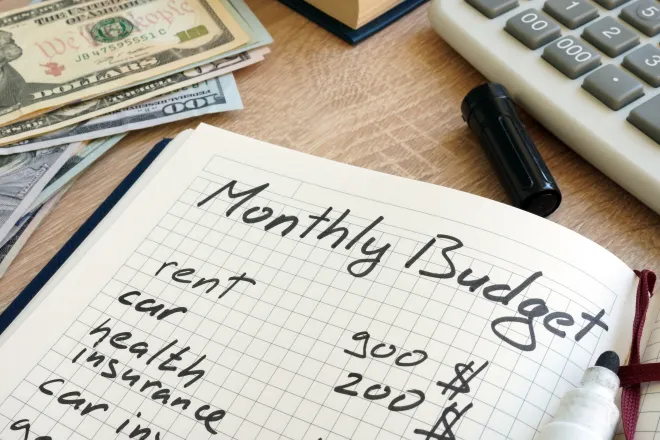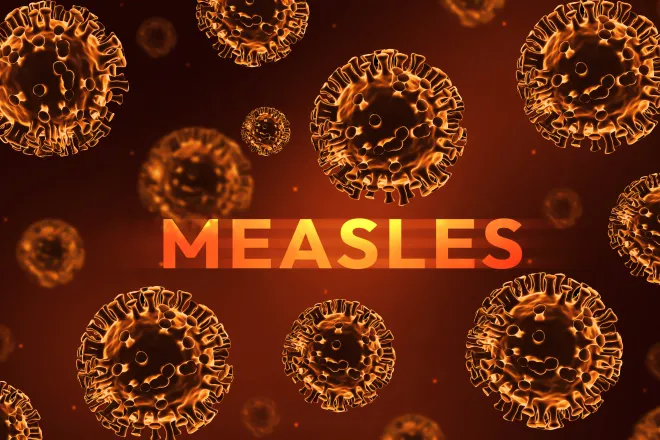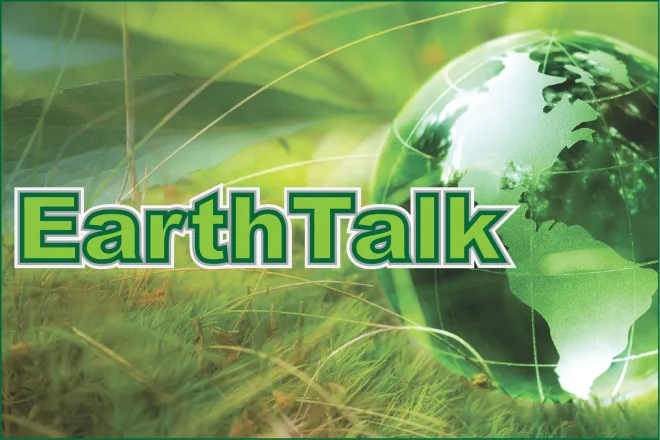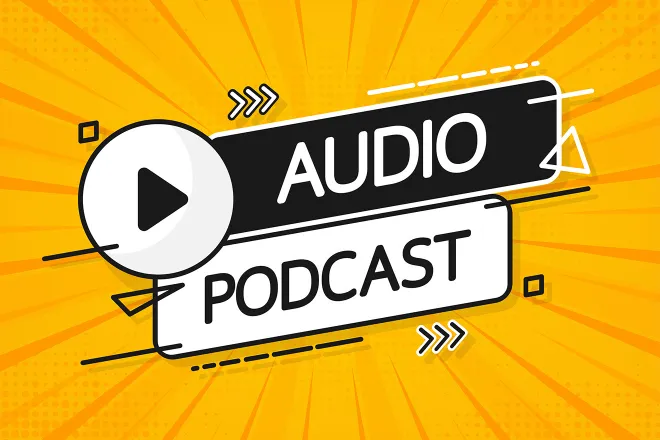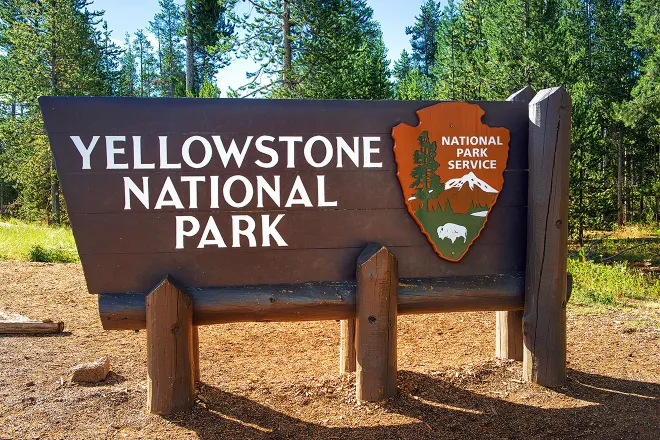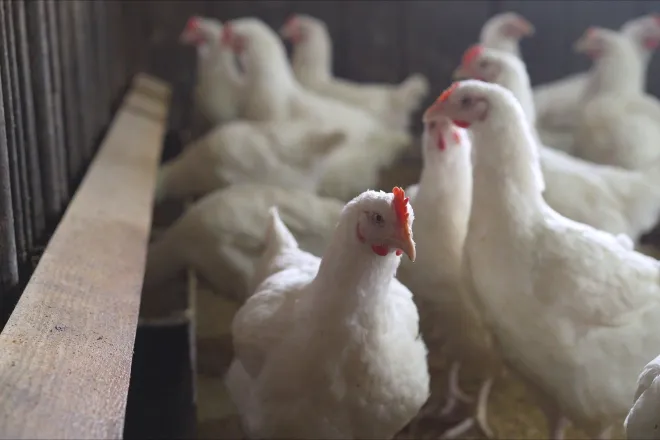
New report shows who gets Montana public assistance and why
Click play to listen to this article.
(Big Sky Connection) A new report from the Headwaters Foundation in Montana showed at least half the people who receive public assistance are only enrolled for one year, dispelling a myth recipients are getting long-term government aid.
Nearly two-thirds of people only receive one form of assistance. More than 120,000 Montana families receive government aid every year, based on their income.
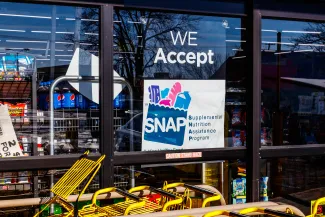
Erin Switalski, program director for the foundation, said they wanted to know who the recipients are, why they are enrolled in public assistance programs and for how long.
"People are really receiving public assistance for short periods of time," Switalski reported. "We found that folks primarily are caregivers in the family. So, they might be caring for children; they might be caring for parents or an older adult."
The report found Montana's public assistance programs lift 69 percent of older adults and 44 percent of children out of poverty, and the numbers could be higher. The report estimated 40 percent of Montana families who are eligible for help do not get it because a variety of barriers prevent them from enrolling.
Bryce Ward, founder of ABMJ Consulting, was commissioned by the foundation to do the study, called "Supporting Our Neighbors." Ward said the variety of people on public assistance was surprising and well over half don't receive these benefits for more than a year.
"Those that are in for the longer periods of time are probably those you might imagine, right?" Ward observed. "They's the people who report more disabilities, families with young kids, and single parents."
The report also found 97 percent of families with children who receive public assistance but have no aging or disabled members in the household have at least one person who works full-time.









